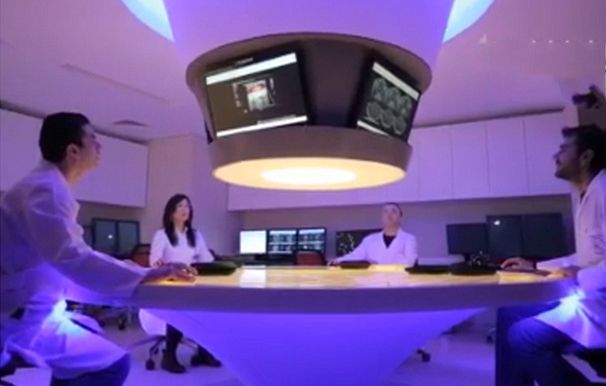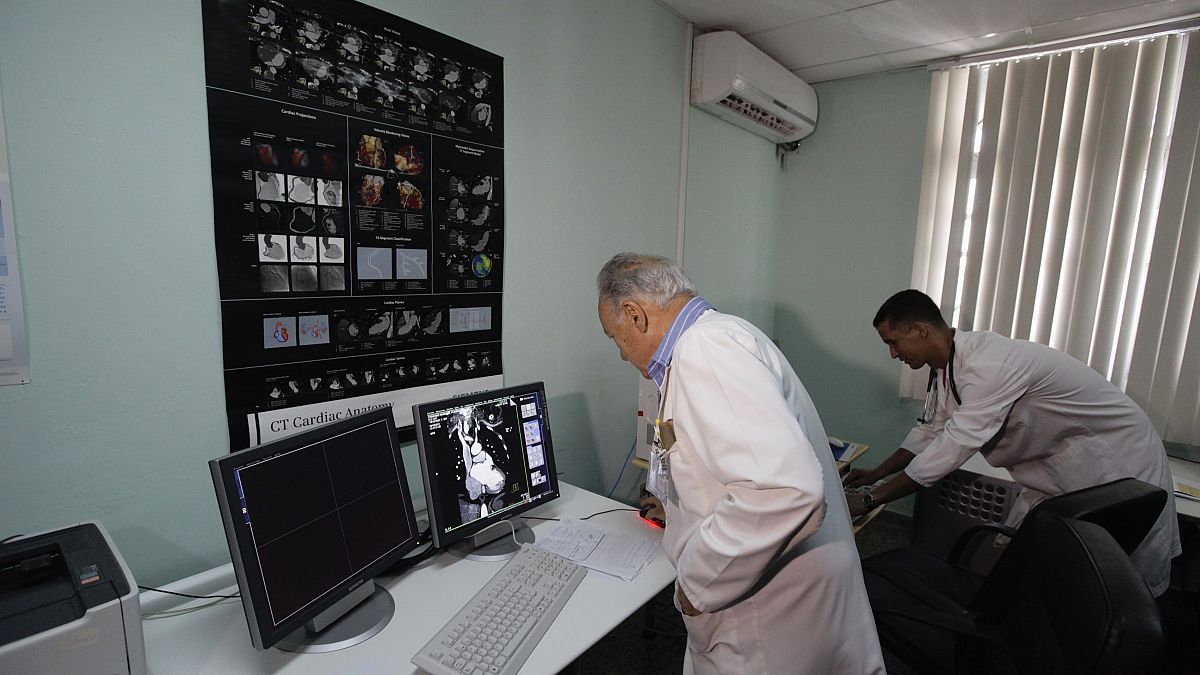Mention medicine from space and most people will conjure up an image from science fiction, Star Trek scanners and healing capsules.
The reality is slightly different but it’s happening right now in some of the least developed countries here on earth. More commonly it’s known as Telemedecine.
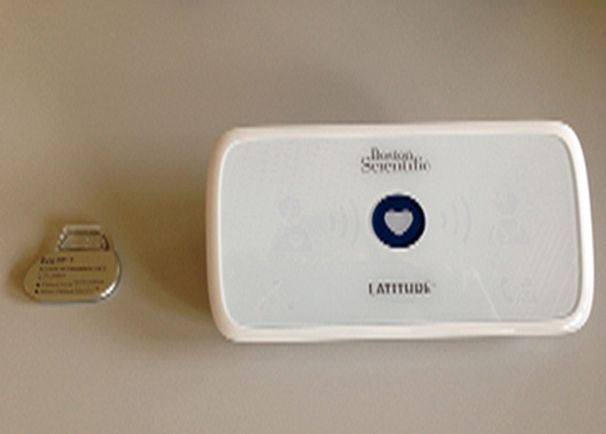
What is telemedicine?
At its simplest level, telemedicine can be thought of consisting of one (or more) computers connected to the Internet, across which doctors can share information.
However it can go further to capture and transmit real-time data from a patient, even when they are at home, which can be monitored or studied.
At the heart of the system is a satellite, that means connections can be guaranteed anywhere in the world, because often the places where treatment is most needed are those where internet networks and specialist doctors are least developed.
Saving lives
The capacity of telemedicine is evolving constantly, providing the potential to monitor and treat more and more patients.
It can mean that a doctor in a remote village is no longer alone when faced with a complex challenge. It can mean that a patient ill suited to spending long periods of time in hospital can return to a more comfortable environment, while remaining under the supervision of a full medical team
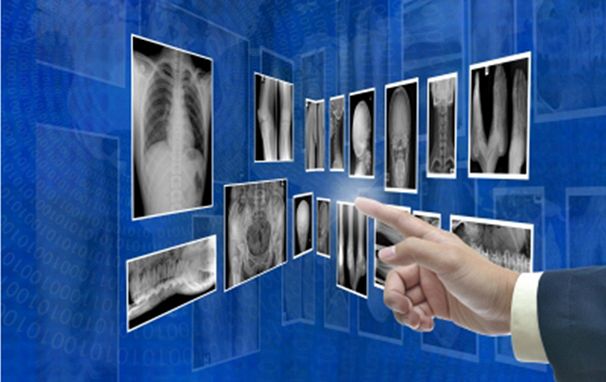
Telemedicine also allows real-time intervention. According to Professor Saoudi of the Princess Grace Hospital in Monaco, telemedicine brings an invaluable comfort to patients. It does not replace conventional monitoring, but complements it. For instance for a patient with an artificial heart, “a basic consultation will be less focused on the equipment, (that can be overseen remotely), and its technical and electrical characteristics, but more on the patient himself and his well-being “, Prof Saoudi adds.
Another advantage, is that from the healthcare side, the process is more efficient, with fewer hospital visits putting less pressure on stretched specialist doctors.
Case study: Princess Grace Hospital
From the Princess Grace Hospital in Monaco, doctors use telemedicine to monitor patients with cardiovascular problems or sleep apnea. The geographical confines of the country have no bearing on the hospital’s ability to treat patients.
Via Monacosat, a space project from another local company, the hospital partners with facilities in Sweden, Turkey and Turkmenistan to share data and assess cases.
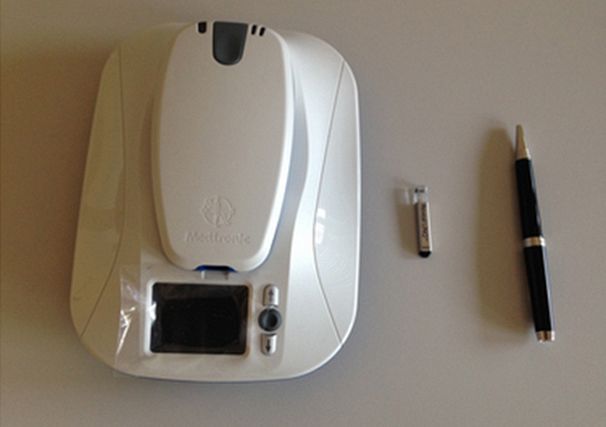
Going further
The skills and practices developed through telemedicine up to now can be applied to a wide range of diseases.
This new form of medicine will transform the approach to complex conditions in developing countries.
“With small investments they can benefit from world class health care in their own local hospitals, explains Ibrahim Turan, a Professor of orthopaedic surgery at the Karolinska Institute in Stockholm.
